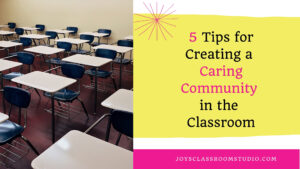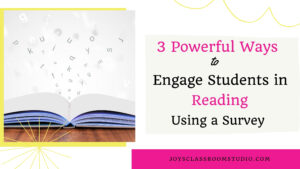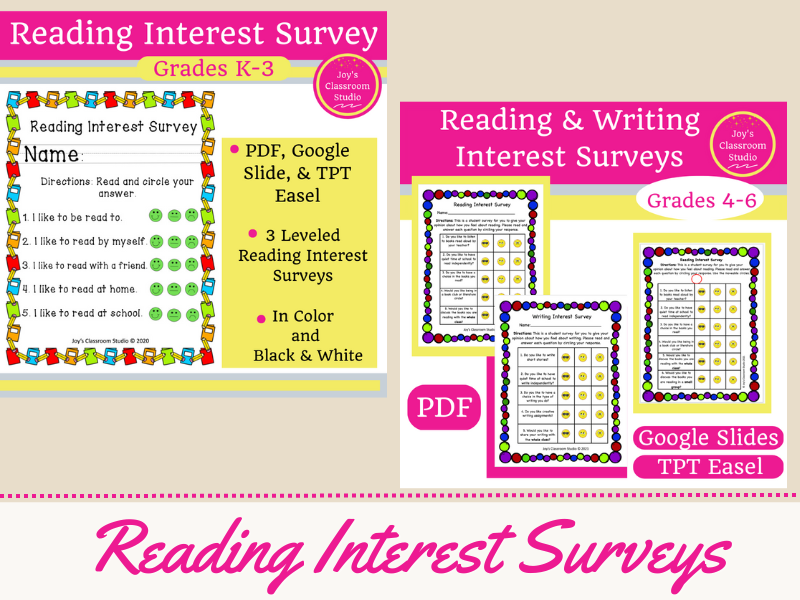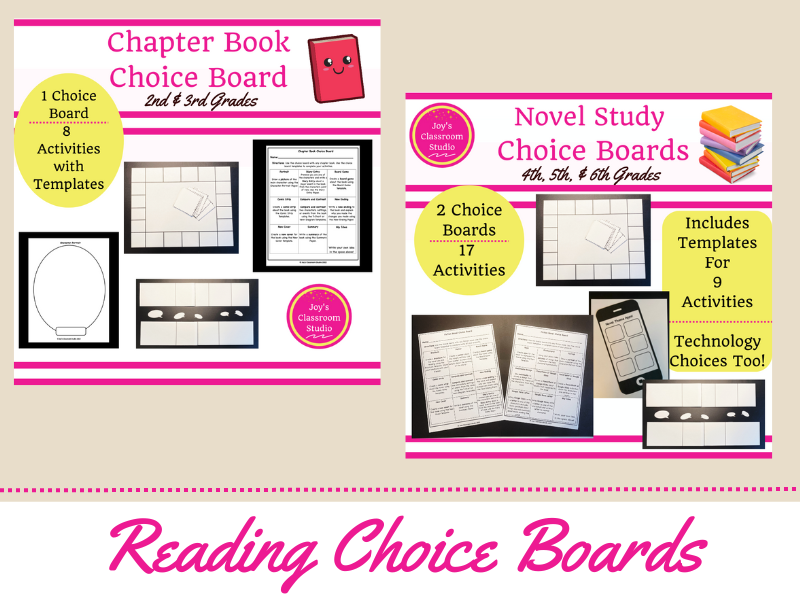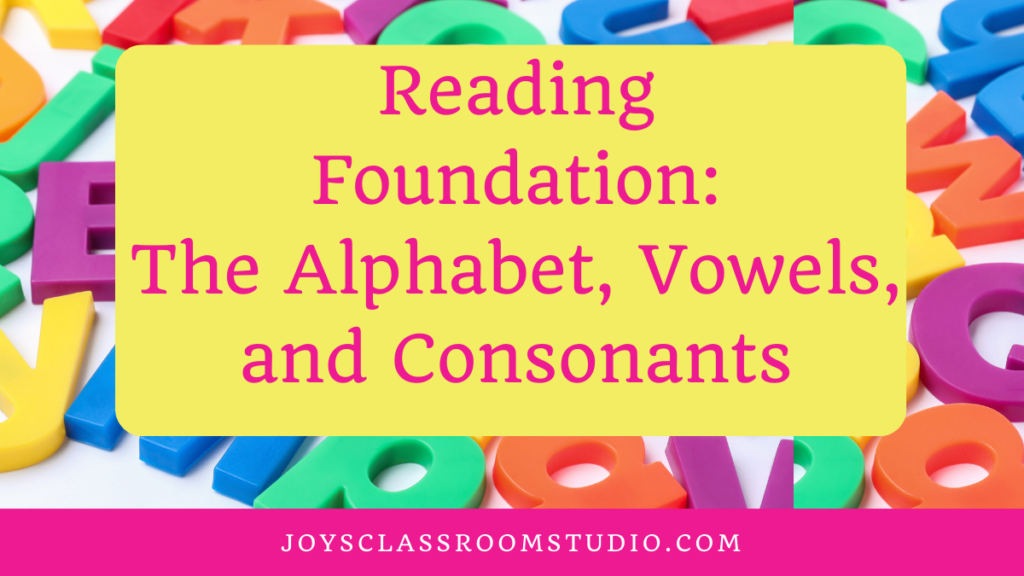
Reading Foundation: The Alphabet, Vowels, and Consonants
Introduction
Since I have taught grades first through sixth, I know the importance of having a solid reading foundation. It’s best for students to develop critical reading skills in the primary grades. It becomes very challenging for upper elementary students and middle school students to “catch up” in reading once they are behind.
To help my students become better readers, this school year I will be doing a lot of word study with my students. Over the years I have seen that many of my sixth grade students are lacking the basic reading skills. This lack of knowledge is holding them back when it comes to reading larger words.
It is not impossible for upper elementary and middle school students to get on grade level! But it is preferred that they have a strong reading foundation early on to make sure they don’t have to “catch up” once they enter the intermediate grades.
In my opinion, a solid reading foundation begins with the alphabet, understanding vowels, and understanding consonants. Other important reading aspects are daily reading, word study practice, and having a toolbox of reading strategies.
Reading Foundation: The Alphabet
The alphabet is taught primarily before prek, during prek, in kindergarten, and early in first grade. Students are emerged in writing and learning the letters of the alphabet. They are also engaged in learning to write and recognize their first and last names. There are many ways for students to learn and practice the alphabet. Students can work together whole group, with a partner, or they can work independently.
Reading Foundation: Vowels
It is important that students recognize and know the vowels and the sounds they make to help them with reading. Getting in practice with word families can help students with vowels and the sounds they make. This not only helps students with reading but it can also help them with writing.
Reading Foundation: Consonants
Over the years I have found that students are familiar with vowels. But they are not familiar with consonants. Yes, they may know how to identify vowels but when asked to give an example of a consonant many are unable to do this correctly. Perhaps it’s because we as teachers stress so much about vowel sounds that we forget to really explain consonants. But this is just a reminder to us all to zero in and teach students consonants.
Use the vocabulary word consonants with students when teaching vowels. For example, we could say short a is the vowel in the word cat. Cat has two consonants c and t. We also need to explain that consonants are letters that are not vowels and list out those letters. And don’t forget to explain that Y can be both a vowel and a consonant and give students examples.
Conclusion
Having a solid reading foundation is what we want for our students. Students who have a solid reading foundation have the reading skills to help them become readers. This makes it easier for them to not struggle in reading once they reach upper elementary or middle school.


